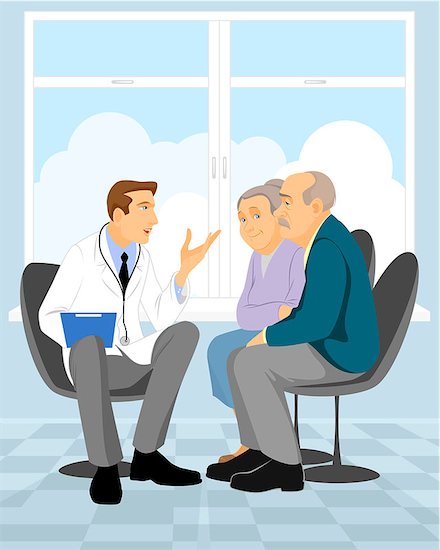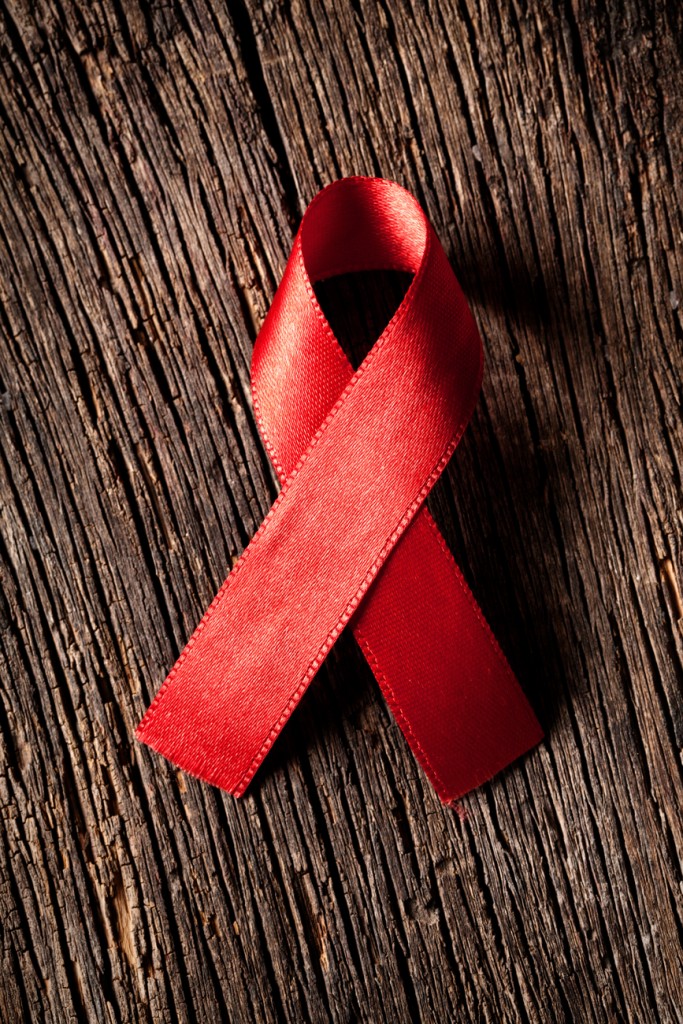HIV Therapy

Nanotechnology May Improve HIV Medicines
Scientists and researchers focus on the improvement of HIV medicines in order to one day find a cure for the virus. Another reason the medical society puts so much effort into better medicine is to improve the lives of patients. In a new trial, the University of Liverpool has found success in using nanomedicine to potentially reduce the dosage of HIV treatment.
Using Nanotechnology for HIV Medicines
Nanotechnology is the process of making things on a smaller scale. That requires the manipulation of matter on the atomic, molecular, and supramolecular level. In nanomedicine, this means smaller, less expensive pills that work more effectively. This technology can change the way that future medicine is made.
The University of Liverpool’s Success
Both doctors and patients alike are hopeful for nanomedicine’s success. The University of Liverpool led a trial to prove the benefits of this type of medicine, with the intent to promote its usage within the scientific community.
The results from their trial showed that nanomedicine is far more effective. The body is able to absorb more of the drug. This means that patients can receive the same quality treatment and reduce the number of dosages they take. In fact, they found that patients could take potentially take half of the dosage and fight off the disease.
Today’s HIV therapies require daily doses just to keep up with the virus. This medicine can save HIV-positive individuals a significant amount of money on treatment. In certain countries where HIV is prevalent, this could mean better access to treatment by making the drugs more affordable.
Nanomedicine may also prevent non-adherence to therapy, which happens often when patients undergo the strain of taking medications daily. If the success of this trial can influence future HIV medicine, then this might prove great news for patients fighting against the virus. Hopefully, more research can lead to the technology’s implementation.

Antiretroviral Drugs for HIV Link to Neurological Issues
In the fight against HIV, antiretroviral drugs are the strongest weapon we have. While these medications do not cure or kill the virus, they stop it from progressing any further. Unfortunately, this treatment is a combination of several different types of drugs. When combined, they slow down HIV. However, according to new research, they may also leave significant neurological damage.
The Risks of Antiretroviral Drugs
Like most drugs for serious conditions, antiretroviral drugs do have side effects. However, their ability to stop the progression of HIV to AIDS has outweighed any minor complications. To this day, they are so successful that patients with AIDS are a rarity.
Some patients have been known to experience appetite loss, lipodystrophy, diarrhea, fatigue, mood changes, nausea, and bone loss. Scientists are working to make these drugs stronger and safer for patients. With the right precautions, patients can even make the side effects less debilitating.
The Connection to Alzheimer’s Disease
At the University of Pennsylvania, research has implicated some antiretroviral drugs in the progress of Alzheimer’s disease. They suggest that protease inhibitors are the cause. Protease inhibitors are the drugs that work the best against HIV. Apparently, some of these drugs promote the growth of the peptide beta-amyloid, which damages neurons.
“Protease inhibitors are very effective antiviral therapies, but they do have inherent toxicities,” said Kelly Jordan-Sciutto, senior author on the study. “Our findings may cause us to rethink how we’re using these drugs and even consider developing an adjunctive therapy to reduce some of these negative effects.”
Through testing, they were able to identify that the drugs did indeed cause the reaction and damage to the neurons. However, they are working to inhibit the enzyme called BACE1, which leads to the production of the beta-amyloid.
“Targeting PERK and/or BACE1 could help contribute to a therapeutic approach to treat drug-associated cognitive disorders.” said Jordan-Sciutto.

Age Affects HIV Treatments in Individuals
HIV affects many people in the United States, and finding the right HIV treatments is difficult. A new article, published in the Journal of the American Geriatrics Society, suggests that age affects treatment for elderly patients. New age-specific strategies need to be developed to combat the virus.
Age and HIV
Unfortunately, a certain percentage of young people in America have contracted HIV. According to the CDC, in 2012, around 44% of young people around the age of 18 to 24 years old were living with HIV they did not know they had. Even more frightening is the fact that by 2014, young people around the age of 13 to 24 years old made up more than 1 in 5 new HIV diagnosis.
Meanwhile, the elderly are at risk too. Older adults aged 55 and older, account for at least 26% of the estimated 1.2 million people living with HIV. This group, in particular, is at a greater risk. They have the same risk factors as younger people, but they are less aware of what can cause HIV.
Developing Age-Specific HIV Treatments
Since many older adults are less aware of HIV risk factors, they have an increased risk for late or missed diagnosis. Even worse, they are more susceptible to disease, meaning drugs carry more side effects for them. Researchers began investigating based on the need for elderly patients to receive proper HIV treatments.
“Our article highlights the need for more research on screening, evaluation, and treatment in older adults infected with HIV. As the number of older people living with HIV grows, we need scientifically sound data to help prepare our clinicians and healthcare systems for the unique needs and expectations of this group,” said Dr. Aroonsiri Sangarlangkarn, co-author of the Journal of the American Geriatrics Society article.
Hopefully, physicians will see this research as a means to find better HIV treatments for older adults. Using the right tools can help with diagnosing these patients and helping them live with the disease.

90-90-90 Program: UNAIDS Treatment Plan for HIV
Research has uncovered information about HIV that has allowed progress to be made in the battle against this terrible disease. Vaccines and new approaches in medicinal therapies are being developed and tested. This process, as promising as it is, could take years before producing anything of use to the public. Despite these scientific breakthroughs, there are still pressing matters needing immediate attention. In an effort to address these matters, UNAIDS has move forward with a treatment plan called the “90-90-90” program might be implemented on a worldwide scale. But the 90-90-90 program has some obstacles to overcome—the largest one being the cost.
What Is the 90-90-90 Program?
The 90-90-90 program has three main objectives. First, to give a diagnosis to 90% of individuals with an HIV infection. The second goal is starting 90% of HIV-positive patients on antiretroviral therapy. The third objective is to have 90% of those on antiretroviral medications achieve viral suppression (making viral presence undetectable). The program has high aspirations that, if achieved, could mean a significant effect on the increasing number of new infections every year. Another byproduct of the program would be fewer children orphaned by the devastating effects of HIV and AIDS. It is hoped that with early detection and immediate treatment, more lives will be saved. The number of infections transmitted would be reduced as well if treatment was adhered to, and viral loads were sufficiently reduced.
Computer models have been used to help predict the results that this program would have over the next five to ten years. The 90-90-90 program would potentially prevent over 2 million new infections. Over 1.5 million children would not have to face the prospect of being orphaned. Millions of lives would be saved. What stands in the way of the program being set up around the world?
Money. The cost is very high, by some estimates over 40% more than what is currently being spent on similar efforts—bringing the total to $54 billion. Based on computer simulations, the program could be enough to bring the epidemic caused by HIV to an end. So while it would be an expensive venture, experts agree that the benefits would be worth it.
HIV Therapies According to Gender
The approach to treating HIV is similar for all—male and female, young and old. Adjustments can be made according to certain factors. A particular dosage may work for one, but may not be optimal for another. One recently published study shows why this can happen, and how medical professionals can increase the effectiveness of HIV therapies for their patients.
HIV Therapies and Gender
Preventing infection is an important part of curbing the spread of HIV. The drug used to prevent viral transfer is called Truvada. Until recently, it had been noted that the drug was most effective in men. Researchers found that it seemed less effective in women. Further investigation revealed that differences in tissues contributed to how well Truvada worked at preventing infection.
HIV needs access to genetic material in order to infect its host. The more DNA that is present, the stronger the viral hold. For women, vaginal and cervical tissues have more DNA present than in other types of tissue. Rectal tissue is also in this category. This requires considerable more medication to curtail HIV activity.
Armed with this knowledge, scientists mathematically calculated specific drugs-to-DNA ratios. Using this formula, and testing the outcomes, has proven successful. When increased doses were given to women, the rate of HIV infections decreased and more closely matched the male outcomes based on doses previously tried.
What does this mean for HIV therapies now? In short, women do best when taking Truvada every day. This contrasts considerably to the couple times a week generally prescribed. For the male population, the current dosage works well. Due to the anatomical differences, women require more of the medication. When taken daily, the rate of infection effectively decreases for this group. Of course, no one should change his or her therapy before consulting a healthcare provider.
So far, Truvada is the only FDA-approved pharmaceutical used to prevent the spread of HIV infections. Now with more information on how best to harness its potential, the medical world is in a good position to help keep others from contracting and spreading the virus.




